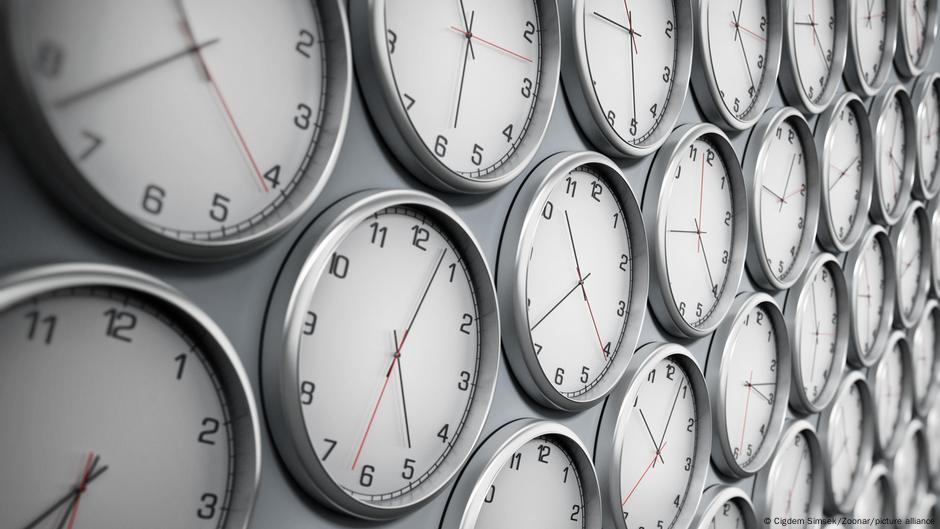Summary
Most European countries moved clocks forward one hour on Sunday, marking the start of daylight saving time (DST), a practice increasingly criticized.
Originally introduced during World War I to conserve energy, DST returned during the 1970s oil crisis and now shifts Central European Time to Central European Summer Time.
Despite a 2018 EU consultation where 84% of nearly 4 million respondents supported abolishing DST, implementation stalled due to member state disagreement.
Poland, currently holding the EU presidency, plans informal consultations to revisit the issue amid broader geopolitical priorities.



I will never understand why people want the time we only use for 3 months to be the time we use for the whole year. I would rather people just be able to admit that December is dark (for the northern hemisphere) and we can do shit at a different time.
I literally couldn’t care less which time we pick, I just want the madness to STOP
wdym 3 months? both CET and CEST are used approximately half a year
In North America DST is used from second Sunday of March until first Sunday of November.
This means there are 239 days in DST, and 126 days out of DST in 2025. Close to 2 to 1 ratio.
I know it’s different with CEST and CET, and it sucks even more donkeyballs there, when the sun sets around 4PM (instead of 5) regardless.
DST should really be the standard in most places. You want more sunlight in the afternoon, not in the morning.
I prefer more sunlight in the morning. It’s better for your circadian rhythm and it is easier to wake up when it’s bright outside.